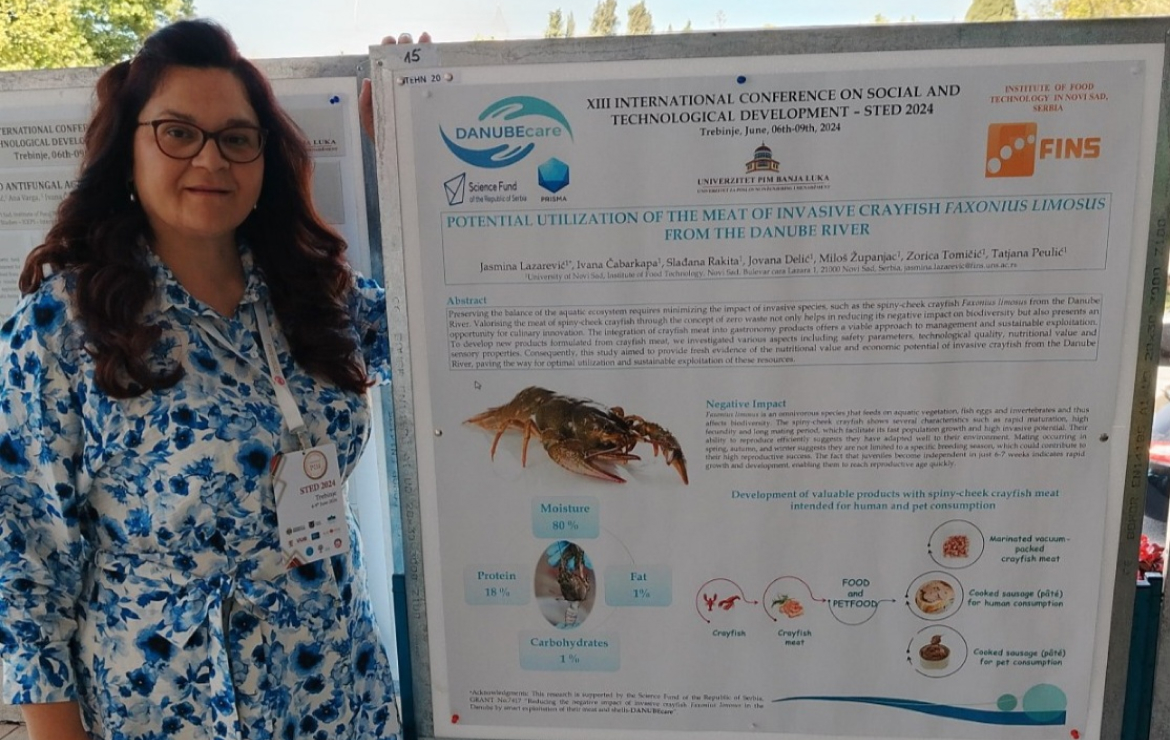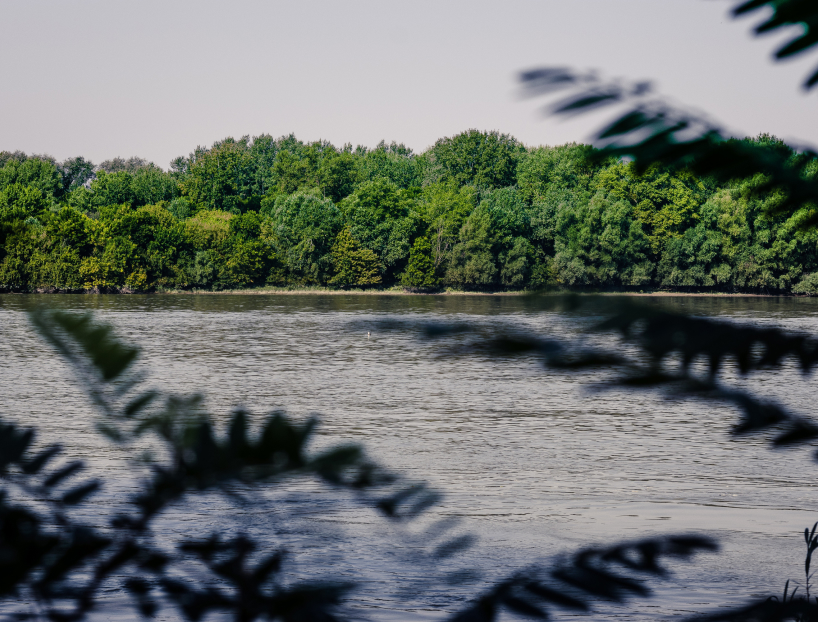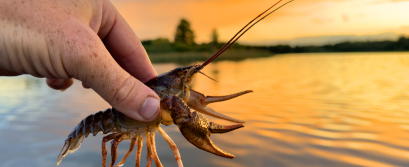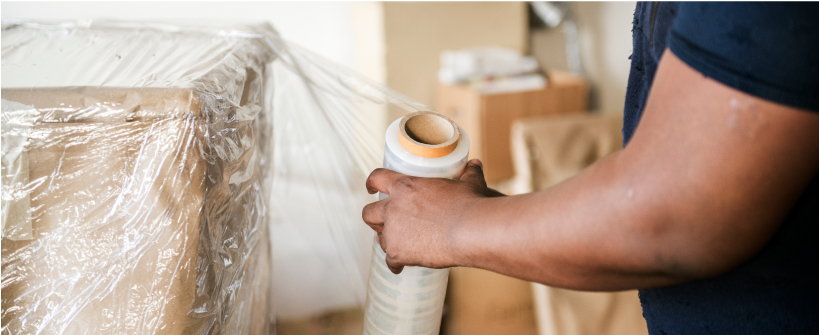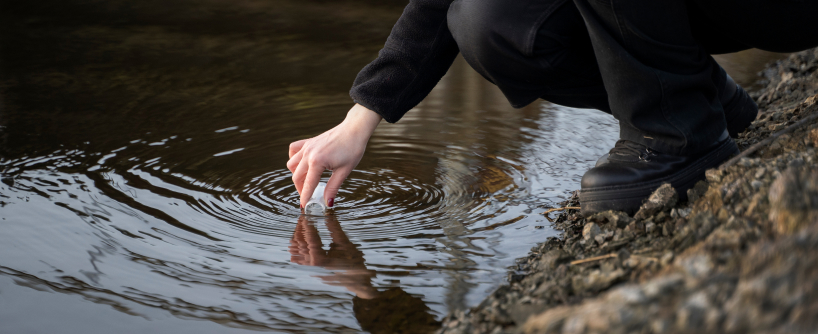DANUBEcare project proposes a comprehensive and systematic collection of knowledge on the distribution of invasive alien species (IAS) such as spiny-cheek crayfish Faxonius limosus in the Danube River and application of different solutions in the form of eco-products for a sustainable future, aiming to prevent the biodiversity loss.
The Global Assessment Report on Biodiversity and Ecosystem Services 2019, prepared by the Intergovernmental Science-Policy Platform on Biodiversity and Ecosystem Services (IPBES) identified IAS as one of the five top direct drivers of biodiversity loss, pointing to one of the most significant threats for humanity in the next decade. Considering that F. limosus is one of the most important aquatic invaders in European inland waters, prevention, control and eradication of this species represent the greatest challenge in the field of biodiversity maintenance.
The project aims to manage the spiny-cheek by transforming this invasive species into a variety of eco-products, aligning with the concept ZERO WASTE. These eco-products include food made from spiny-cheek crayfish meat for human/pet consumption, an adsorbent for removing heavy metal ions from wastewater, rubber products filled with crayfish shell powder, and chitosan-based biomaterials made from shell powder.
The DANUBEcare project represents state-of-the-art research and innovation that may be applicable to other IAS. Moreover, the DANUBEcare project includes several actions aiming to familiarize and promote citizen-scientists through their role as consumers for sensory evaluation of newly developed products, surveys, and use of the “Invasive Alien Species in Europe” Web App, which allows citizens to report sightings of IAS of Union Concern. The project activities will also support the transfer of knowledge across scientific institutions, industry and a wider community, even at the European level.
